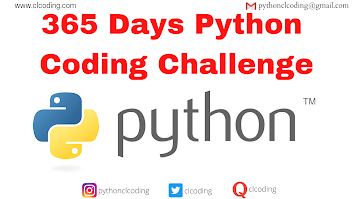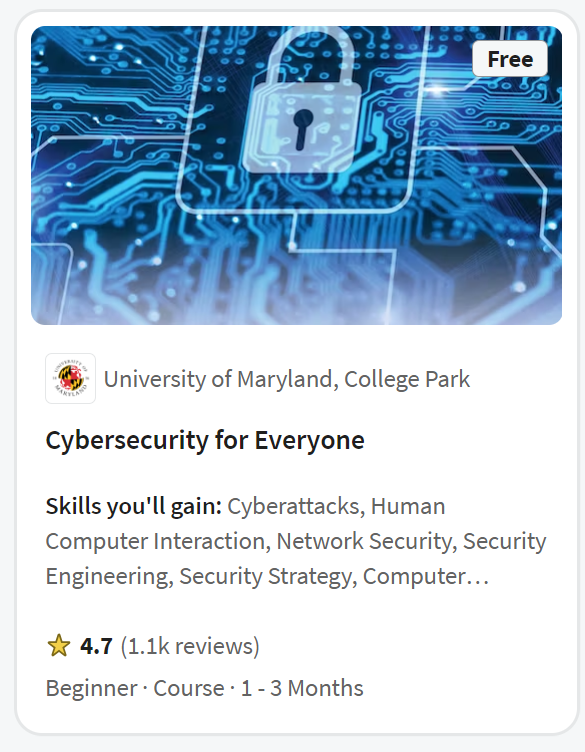HarvardX: CS50's Mobile App Development with React Native
What Is This Course About?
CS50’s Mobile App Development with React Native is a comprehensive course offered by Harvard University through edX. It is a continuation of the world-renowned CS50 Introduction to Computer Science and focuses specifically on building mobile apps for both iOS and Android using React Native, a powerful cross-platform JavaScript framework.
The course is designed to teach not only how to build functional and beautiful user interfaces but also how to integrate device features like the camera, location, and notifications into your apps. With its mix of theory, hands-on practice, and project-based learning, it’s an excellent resource for developers looking to break into mobile development.
Why React Native?
React Native allows developers to use JavaScript and React to build native mobile applications. Unlike traditional native development (using Swift for iOS or Kotlin for Android), React Native lets you write a single codebase that runs on both platforms. This means faster development cycles, easier maintenance, and better scalability.
Moreover, tools like Expo make it even easier to test and deploy apps without needing an Apple device or developer license during the development phase.
Course Structure
The course is divided into weekly modules, each focusing on a specific part of mobile development. Topics include:
Week 1–2: Introduction to React Native and JSX
Week 3–4: Component structure and navigation
Week 5–6: State management and Context API
Week 7–8: Fetching data from APIs
Week 9–10: Local storage using AsyncStorage
Week 11–12: Using native device features
Week 13: Final project (you build and publish your own app)
Each week includes lectures, code walkthroughs, and assignments to help solidify your understanding.
What Will You Learn?
By the end of this course, you will be able to:
Build beautiful, responsive mobile UIs using React Native components
Implement multi-screen navigation with React Navigation
Connect to and consume data from public APIs
Store and retrieve data locally using AsyncStorage
Use device features like GPS, camera, microphone, and notifications
Deploy your apps to Google Play Store or Apple App Store using Expo
You’ll also learn good practices in code organization, asynchronous programming, and UI/UX principles tailored for mobile apps.
Tools & Technologies Used
The course uses modern tools in mobile development, including:
React Native – for building cross-platform apps
Expo CLI – for easier development, testing, and deployment
React Navigation – for screen management
JavaScript (ES6+) – as the main programming language
VS Code – recommended IDE
Git/GitHub – for version control
No need for Xcode or Android Studio unless you're publishing to app stores. Most of your development and testing can be done directly on your phone via Expo Go.
Who Is This Course For?
This course is ideal for:
Students who completed CS50 and want to go deeper
Web developers transitioning to mobile development
Startup founders and freelancers who want to build MVPs
Anyone looking to enter the mobile development job market
You should have some experience with JavaScript, React, and basic CS concepts before starting.
Join Free:HarvardX: CS50's Mobile App Development with React Native
Final Thoughts
CS50’s Mobile App Development with React Native is more than just a technical course — it’s a launchpad for your mobile development career. You’ll learn how to turn ideas into fully functional apps, gain hands-on experience with in-demand tools, and build a project you can be proud of.
Whether you’re building your first app or aiming to freelance or land a mobile dev job, this course is an excellent investment of your time — especially since it’s free to start.


















.png)


.png)
%20by%20Allen%20B.%20Downey.jpg)










.png)



%20by%20Allen%20B.%20Downey.jpg)









.png)










